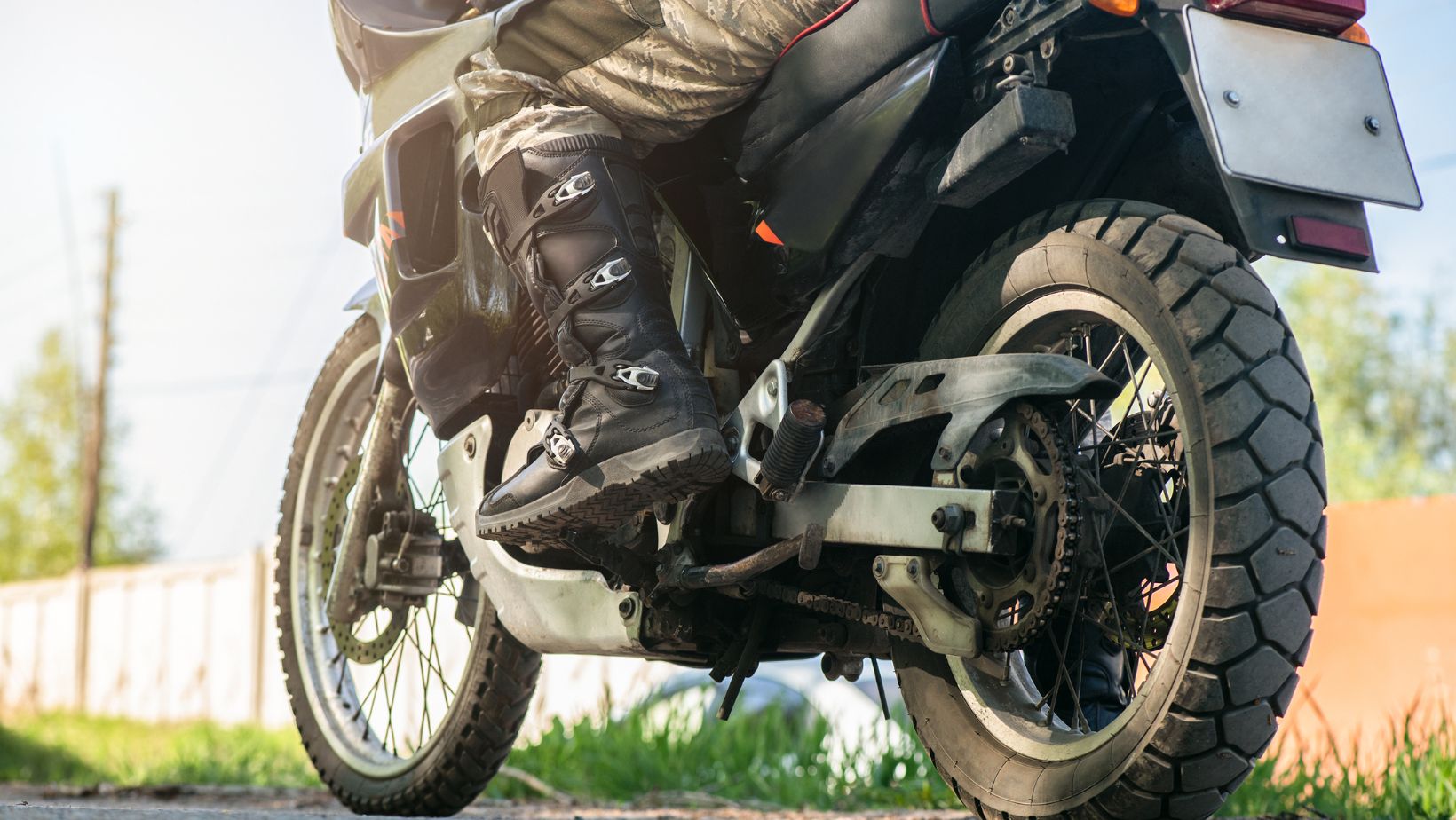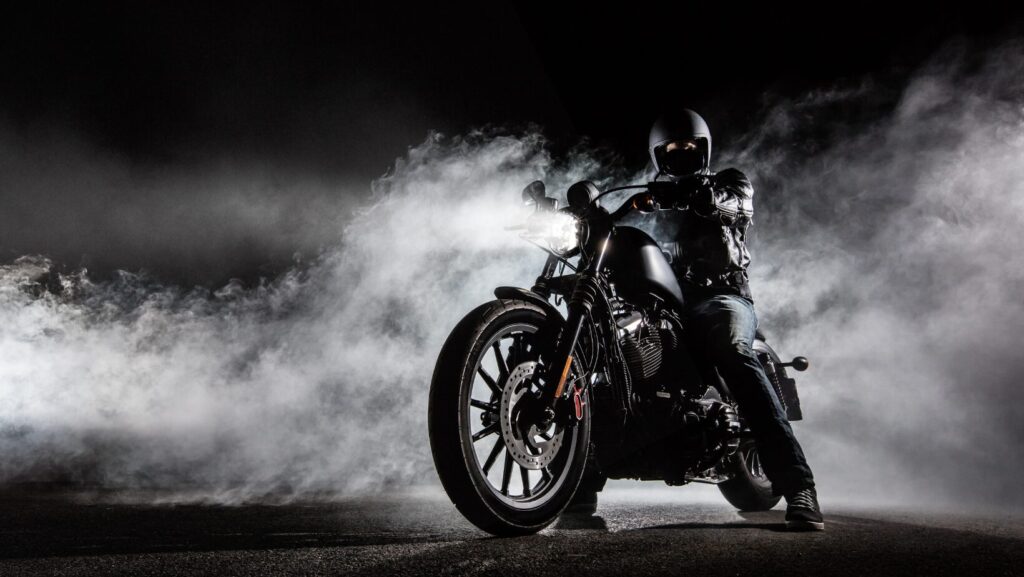
Riding a motorcycle is more than just a mode of transportation—it’s a lifestyle, a passion, and a thrill. But with that thrill comes risk, and every rider should take proactive steps to stay safe and informed both on and off the road. From choosing the right gear to understanding insurance policies and legal rights, being prepared can make all the difference in avoiding accidents and handling worst-case scenarios effectively.
Whether you’re a seasoned rider or just starting out, knowing how to protect yourself physically, financially, and legally is essential. Here’s what every motorcyclist should keep in mind.
Mastering Safe Riding Techniques
The foundation of motorcycle safety begins with riding skills and awareness. While many riders feel confident after basic training, ongoing practice and learning are key to staying safe.
One of the most important defensive riding techniques is situational awareness. Unlike cars, motorcycles are more vulnerable to sudden lane changes, distracted drivers, and unpredictable road conditions. Always scan the road ahead, anticipate potential hazards, and position yourself in a way that maximizes visibility to other drivers.
Braking and cornering are also critical skills. Many accidents happen because riders misjudge turns or brake too suddenly. Using both front and rear brakes appropriately and adjusting speed before entering curves can prevent skids and loss of control.
Regularly practicing emergency braking and evasive maneuvers in a safe environment can significantly improve reaction times when faced with actual danger.
The Importance of Protective Gear
Even the most skilled riders can’t always avoid accidents, which is why wearing the right gear can mean the difference between minor injuries and life-threatening consequences.
A DOT-approved helmet is the most crucial piece of protective gear, reducing the risk of head injuries in crashes. Full-face helmets provide the best protection, shielding riders from debris, wind, and impact.
Jackets, gloves, and riding pants made of abrasion-resistant materials like leather or reinforced textiles help protect against road rash and severe injuries. Padded armor inserts add extra protection for joints and impact-prone areas.
Boots with ankle support and non-slip soles can prevent foot injuries and improve control when stopping. Many modern riding gear options also include high-visibility colors or reflective elements, making it easier for motorists to spot riders in low-light conditions.
Choosing the Right Motorcycle Insurance Coverage
While state laws require motorcyclists to have at least basic liability insurance, that’s often not enough to fully protect riders in the event of an accident. A comprehensive insurance policy can help cover costs beyond damage to another vehicle, ensuring your own medical bills, lost wages, and bike repairs are covered.

Comprehensive policies typically include:
Collision Coverage: Pays for repairs or replacement of your motorcycle after an accident.
Uninsured/Underinsured Motorist Coverage: Covers expenses if you’re hit by a driver without adequate insurance.
Medical Payments (MedPay) or Personal Injury Protection (PIP): Helps cover medical costs regardless of fault.
Accessory Coverage: Protects expensive custom parts, gear, and modifications.
Motorcyclists should compare policies carefully, ensuring their coverage aligns with their riding habits, risk factors, and financial security needs.
What to Do After a Motorcycle Accident
Even with precautionary measures, accidents can still happen. Knowing what to do in the aftermath can protect both your health and your legal rights.
Getting evaluated by a medical professional ensures injuries are documented, which can be crucial for insurance and legal claims.
Gathering evidence at the scene is also essential. If possible, take photos of the accident location, vehicle damage, injuries, and road conditions. Collect witness contact information and a police report if authorities are involved.
Insurance companies often try to minimize payouts, so riders should be cautious when speaking with adjusters. Providing only factual information and avoiding speculative statements can prevent misinterpretations that could affect claim approvals.
In more severe cases, legal guidance may be necessary, especially when negotiating settlements or pursuing compensation for long-term injuries. Riders involved in motorcycle accidents in California, Texas, or New York, may face complex liability laws and insurance regulations. Consulting a motorcycle accident attorney can help navigate these legal challenges, ensuring victims receive fair compensation for medical expenses, lost wages, and property damage.
Staying Prepared On and Off the Road
Beyond safety gear and insurance, mental preparedness plays a significant role in motorcycle safety. Staying physically fit and mentally alert improves reaction time and endurance, especially on long rides.

Proper motorcycle maintenance is also a critical part of rider safety. Routine checks on brakes, tires, lights, and fluid levels can prevent mechanical failures that lead to accidents. Riders should also stay up to date on weather conditions and road closures, adjusting their routes accordingly to avoid hazardous environments.
Carrying emergency essentials like a first aid kit, multi-tool, and a portable phone charger ensures that riders are prepared for unexpected situations. Additionally, investing in technology such as helmet communication systems and GPS trackers can provide extra layers of safety and connectivity while on the road.

